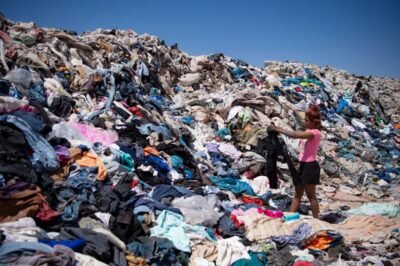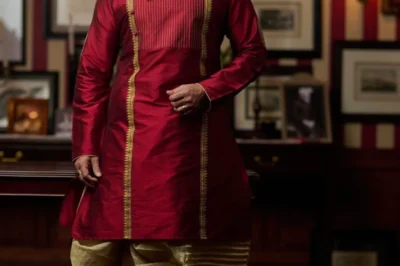In the wake of growing environmental concerns, the fashion industry is undergoing a transformative shift. A significant part of this change is the innovative approach towards textile waste, known as upcycling. Upcycling textile waste not only addresses the issue of excess waste in landfills but also opens up new avenues for creative and sustainable fashion. Let’s explore how the latest innovations in upcycling are making fashion both eco-friendly and trendy.
What is Upcycling?
Upcycling refers to the process of taking used materials that would otherwise be considered waste and transforming them into high-quality products. Unlike recycling, which often downgrades the quality of the original material, upcycling in the textile industry aims to create products of equal or higher value without the intensive use of raw materials and energy.
Innovations in Textile Upcycling
- Fiber-to-Fiber Recycling Technologies: One of the most groundbreaking advancements in textile upcycling is the development of fiber-to-fiber recycling processes. Companies like Evrnu and Worn Again Technologies have developed methods to chemically dissolve old cotton garments into a pulp, which can be spun into new fibers. This technology not only preserves the quality of cotton longer but also significantly reduces water and energy usage compared to traditional textile production. Do you believe that transforming old garments into new fibers can significantly reduce the fashion industry’s carbon footprint?
- Zero-Waste Design: Designers are increasingly adopting zero-waste techniques, which ensure that all fabric offcuts are used in garment construction, thus minimizing waste right at the source. This approach requires a rethink in design practice to ensure that every scrap of material is utilized, often leading to innovative and unexpected designs. How impactful do you think zero-waste design techniques can be in minimizing fabric waste during the production process?
- Digital and 3D Printing Technologies: Digital and 3D printing technologies are reducing waste by allowing for precise and calculated placement of dyes and patterns directly onto fabrics. This method cuts down on dye and water waste and opens up possibilities for customizing designs in ways that were previously unimaginable. Are digital and 3D printing technologies the future of sustainable fashion due to their ability to reduce dye and water waste?
- Upcycled Composite Materials: Researchers and startups are turning textile waste into durable composite materials used in furniture, automotive interiors, and even construction. For instance, the company Really Cph produces solid textile boards made from end-of-life textiles and industrial wool that are used in furniture and interiors. Could the use of upcycled composite materials in non-textile products be a game-changer for sustainable material management?
- Biotechnology: Biotechnology is also playing a role in upcycling, with innovations like using microorganisms to break down fibers such as polyester into basic components that can be used to produce new polyester. This not only helps in dealing with synthetic fabric waste but also reduces reliance on petroleum as a source for new polyester. Is the use of biotechnology to break down and recreate fibers the most revolutionary approach to textile upcycling?
The Impact of Upcycling Innovations
These innovations are making significant strides in reducing the environmental impact of the fashion industry. By finding new life for old textiles, upcycling helps decrease the volume of waste in landfills, reduces the demand for raw materials, and lowers pollution and energy consumption associated with manufacturing new textiles.
The growing trend of upcycled fashion is also raising consumer awareness about sustainable practices, which is gradually increasing demand for upcycled and environmentally friendly products. This shift is encouraging more brands and designers to consider sustainability a priority in their design and production processes.
Looking Ahead
As the textile industry continues to evolve, upcycling represents a key element in the shift towards a more sustainable and environmentally conscious fashion sector. The innovations in this field not only promise to revitalize waste materials in creative ways but also to inspire new standards for the entire lifecycle of textile products. By supporting these innovations, consumers can help pave the way for a more sustainable future in fashion.
In conclusion, upcycling is not just a trend but a necessary shift towards sustainable fashion. As more technologies emerge and become commercially viable, the potential for upcycling to become a mainstream practice is immense. The future of fashion could very well rest on the success of these innovative efforts to turn waste into worth.







































































Leave a Reply